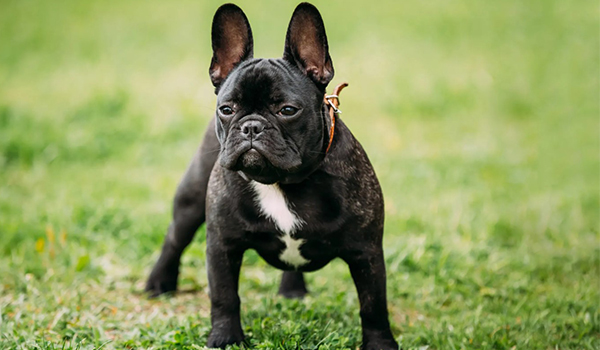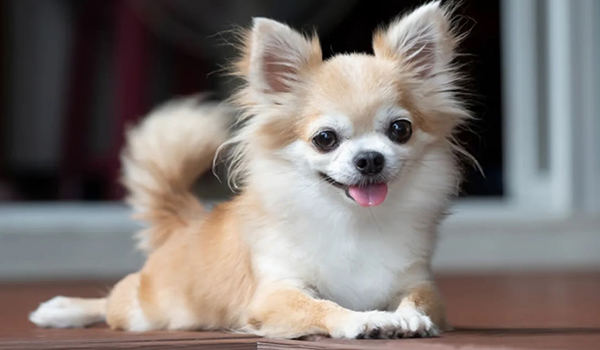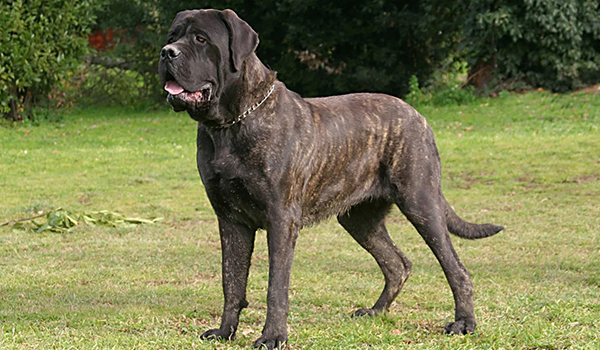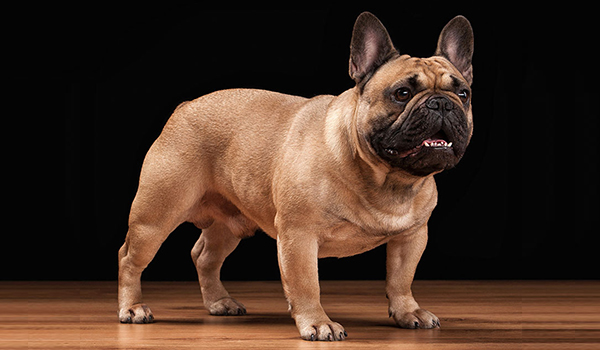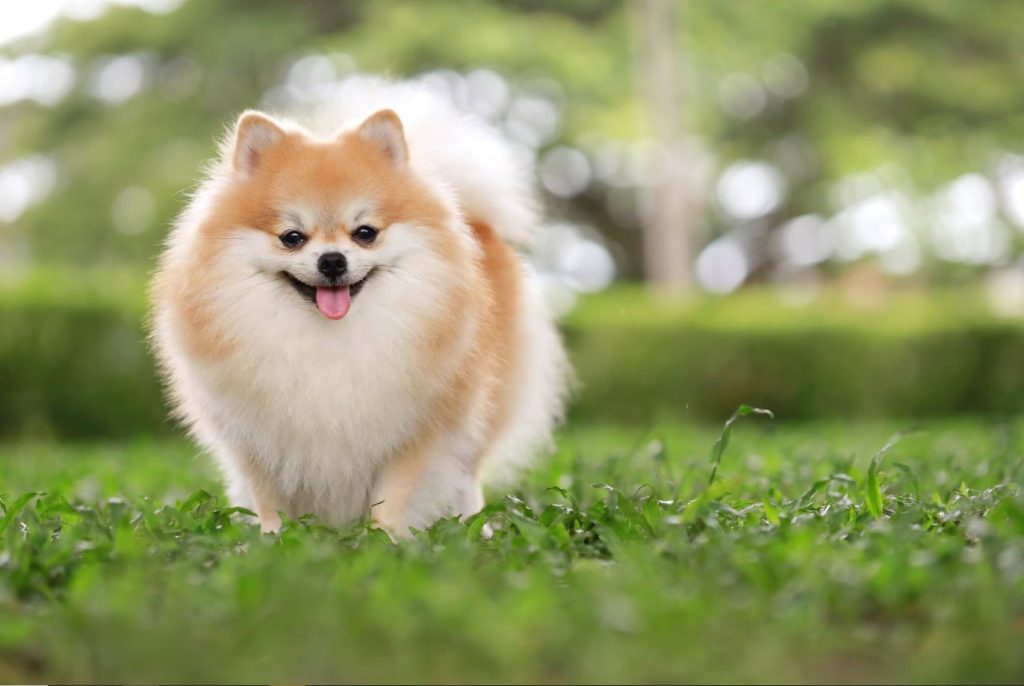
The Pomeranian is a tiny dog with a massive personality. With their luxuriously fluffy coat, foxy expression, and confident strut, they are the epitome of canine glamour and spunk. Often seen in the arms of celebrities, this breed is far more than just a lapdog or an accessory—they are intelligent, alert, and surprisingly bold for their small size.
This comprehensive guide will delve into the world of the Pomeranian, covering their history, big-dog attitude, specific care needs, and the realities of living with this diminutive dynamo to help you decide if a “Pom” is the right fit for your lifestyle.
Breed Overview
- Group: Toy
- Height: 6 to 7 inches
- Weight: 3 to 7 pounds (often smaller than people expect!)
- Life Span: 12 to 16 years
- Coat: A signature double coat with a soft, fluffy undercoat and a long, harsh-textured outer coat that stands off from the body. They are prolific shedders. Comes in a wide variety of colors and patterns, including orange, red, cream, sable, black, and blue.
A Brief History: From Arctic Sleds to Royal Lapdogs
The Pomeranian’s history is a story of dramatic downsizing. They are descended from large, powerful Spitz-type sled dogs from the Arctic region of Pomerania (now part of Poland and Germany). These ancestors weighed up to 30 pounds.
Their transformation into a Toy breed began in the 18th century when they caught the eye of European royalty. Queen Victoria of England became a renowned Pom enthusiast and breeder, actively favoring and selectively breeding for smaller, more refined dogs. Her influence single-handedly shaped the modern Pomeranian we know today, reducing their size and popularizing the breed around the world.
The Pomeranian Temperament: A “Big Dog” in a Small Package
Don’t let their size fool you. Poms possess a personality that far exceeds their physical stature.
- Inquisitive & Intelligent: Pomeranians are bright and curious about the world around them. They learn quickly and can excel in obedience and trick training.
- Bold & Confident: They often seem completely unaware of their small size. This confidence can lead them to challenge much larger dogs, making supervision essential.
- Lively & Playful: They have a zest for life and enjoy playtime. Their energy bursts, often called “the Pom crazies,” involve frantic zooming around the house.
- Alert & Vocal: They are excellent watchdogs with a surprisingly loud bark for their size. They will alert you to every passerby, delivery person, or leaf blowing in the wind. Training is needed to manage excessive barking.
- Loyal & Affectionate: With their family, they are devoted and often form a particularly strong bond with one person. They thrive on attention and love to be involved in all activities.
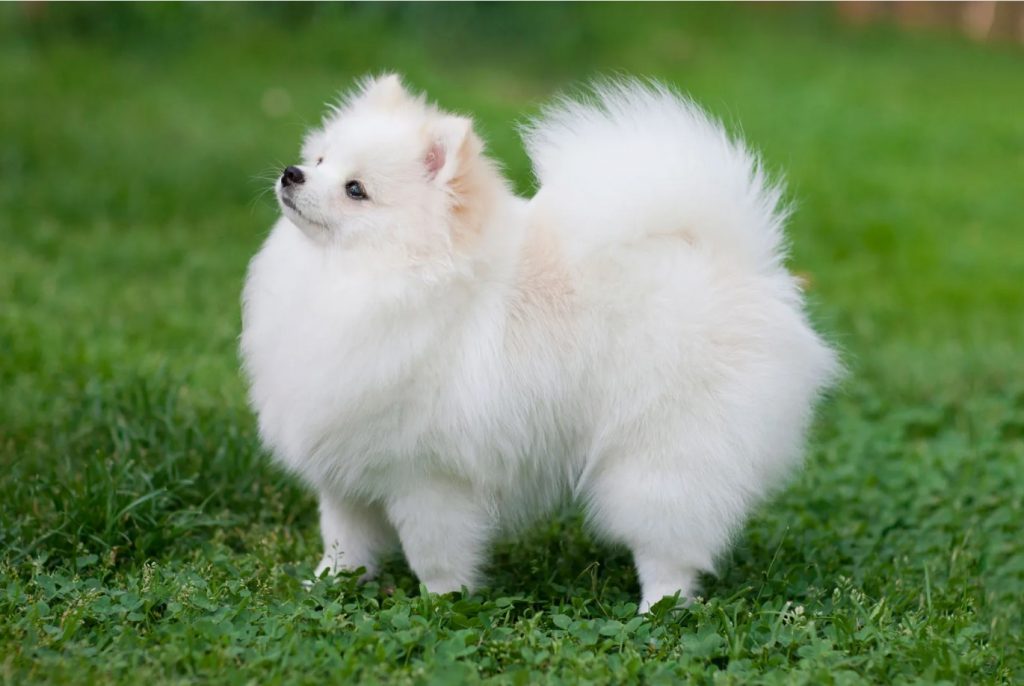
Caring for Your Pomeranian
Exercise: Short Walks and Indoor Play
Despite their energy, their exercise needs are manageable due to their small size.
- Daily Requirements: A few short walks (10-15 minutes) and some active indoor play sessions are usually sufficient.
- Mental Stimulation: Their intelligence needs an outlet. Puzzle toys, short training sessions, and learning new tricks are excellent ways to prevent boredom.
Grooming: A Significant Commitment
This is the most demanding aspect of owning a Pom. That gorgeous coat doesn’t maintain itself.
- Brushing: Required several times a week, if not daily, to prevent mats and tangles. Their double coat requires special attention: a pin brush for the outer coat and a slicker brush or comb to reach the dense undercoat.
- Professional Grooming: Many owners take their Poms to a professional groomer every 4-6 weeks for a trim, bath, and blow-out to keep the coat in top condition.
- Shedding: They shed their undercoat heavily twice a year during “blowing coat” season. During this time, daily brushing is non-negotiable.
- Other Needs: Regular teeth brushing (Toy breeds are prone to dental issues), nail trimming, and keeping the hair around their bottom clean are essential.
Training: Consistency is Key
Their intelligence is a double-edged sword; they are smart enough to learn commands but also smart enough to choose to ignore them.
- Start Early: Begin socialization and training as a puppy. Expose them to various people, sounds, and other animals to prevent them from becoming timid or nervous.
- Positive Reinforcement: They respond best to reward-based training with small, high-value treats, praise, and play. Harsh methods will backfire.
- Focus on Key Skills: Essential training includes:
- Potty Training: Can be challenging with small breeds. Consistency and a strict schedule are vital.
- Barking: Teach a “quiet” command to manage their alert nature.
- Manners: Curb behaviors like jumping and excessive yapping.
Health: What to Be Aware Of
Pomeranians are generally long-lived, but they are prone to certain conditions, often related to their small size.
- Dental Issues: Crowded teeth are common. Daily teeth brushing and regular veterinary dental cleanings are crucial to prevent tooth loss and systemic infection.
- Luxating Patella: A common condition in small breeds where the kneecap slips out of place. It can range from mild to severe, sometimes requiring surgery.
- Collapsed Trachea: Characterized by a honking cough. It is managed by using a harness instead of a collar to avoid pressure on the neck and keeping the dog at a healthy weight.
- Hypothyroidism: Can lead to obesity, skin problems, and lethargy.
- Alopecia X (“Black Skin Disease”): A condition that causes hair loss and darkening of the skin.

Is a Pomeranian Right For You?
A Pomeranian might be your perfect match if you:
- Live in an apartment or small home.
- Want a portable, companion-sized dog.
- Have time for and enjoy the process of regular grooming.
- Appreciate a bold, alert, and entertaining personality.
- Are prepared to provide consistent training and socialization.
You might want to reconsider if you:
- Have very young children. Poms are fragile and can be easily injured by rough handling. They may also snap if frightened.
- Want a quiet, low-maintenance dog (they bark and require extensive grooming).
- Are looking for a rugged hiking or jogging partner (their small legs can’t keep up).
- Are not prepared to be vigilant about their safety around larger animals and hazards.
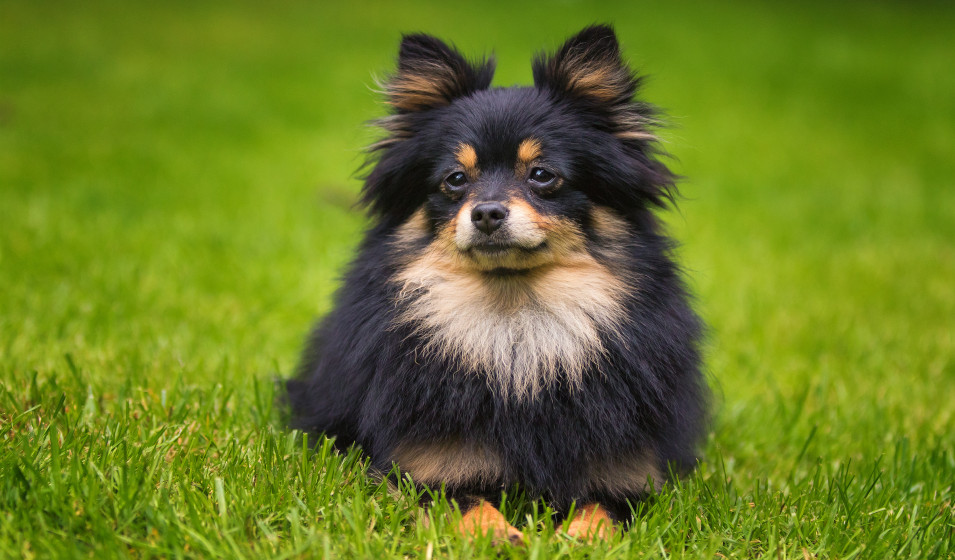
Finding Your Pomeranian
- Reputable Breeders: Choose a breeder who prioritizes health, temperament, and conformation to the breed standard. They should perform health tests on their breeding dogs (patella, heart, eye exams) and be transparent about any issues in their lines.
- Rescue & Shelters: Check with breed-specific Pomeranian rescues. Sadly, many Poms are surrendered when owners are unprepared for their grooming needs or big personality.
Bringing a Pomeranian into your life means welcoming a dose of glamour, laughter, and unwavering loyalty. With proper care, training, and a commitment to their grooming needs, you will gain a larger-than-life companion whose devotion and sparkling personality will bring you joy for many years.

